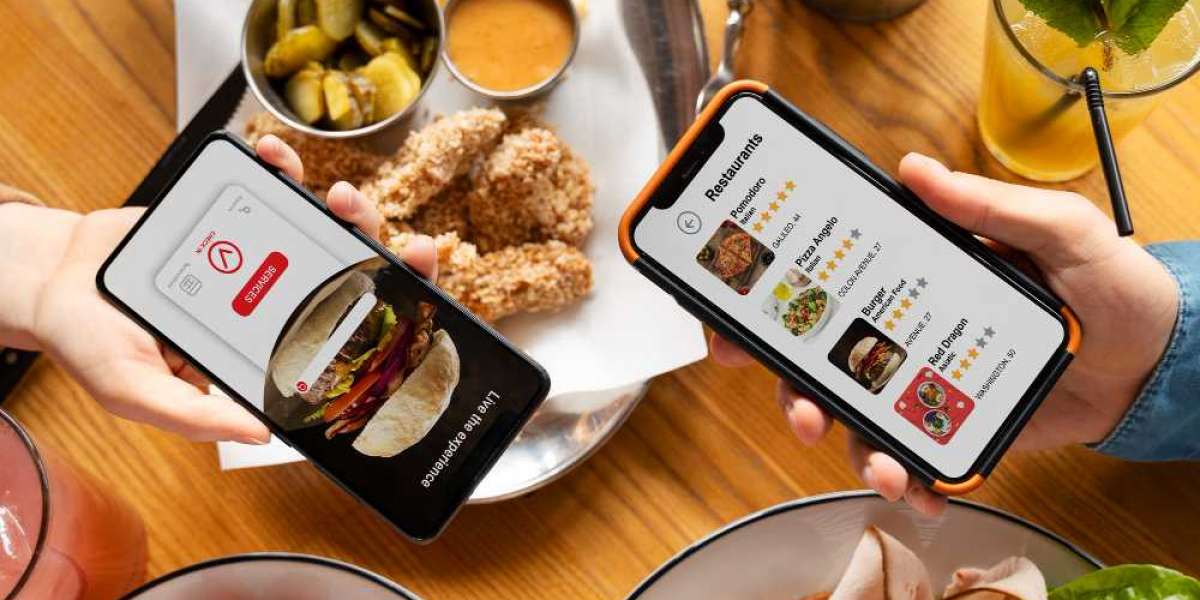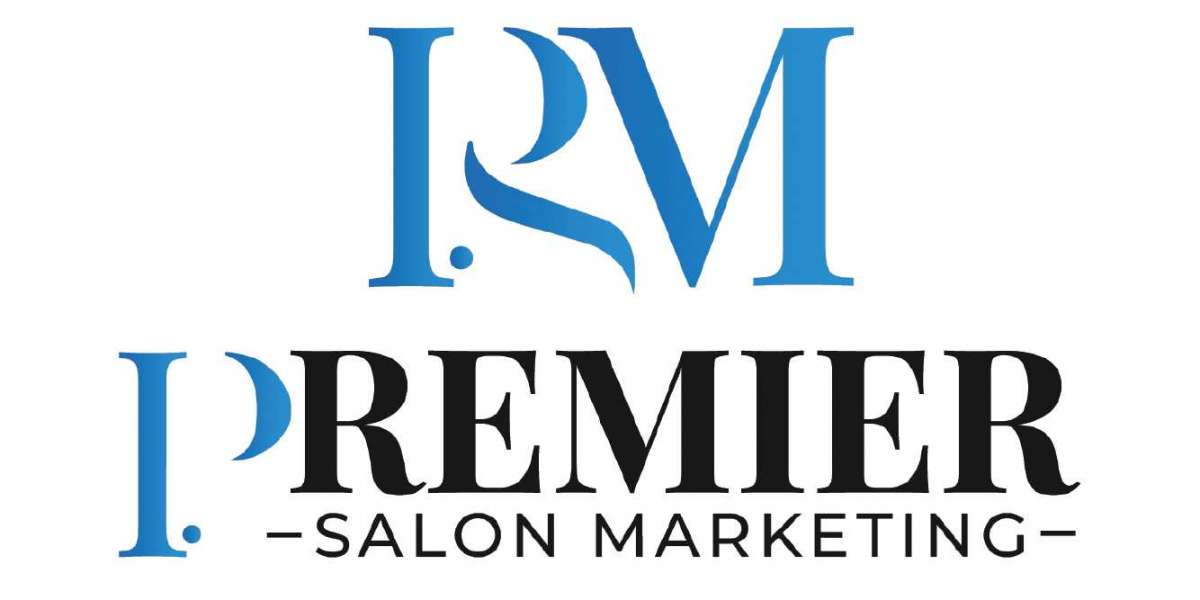In today’s fast-paced world, mobile apps have become an integral part of the customer experience, especially in industries like the foodservice sector. Quick Service Restaurants (QSRs), in particular, can greatly benefit from having a mobile app that not only enhances their customer engagement but also streamlines their operations.
React Native, developed by Facebook, has emerged as a leading framework for building cross-platform mobile applications. It enables developers to write a single codebase that runs on both iOS and Android. For businesses in the QSR industry looking to create high-performance mobile applications, seeking react native app development services can provide them with the tools they need to achieve this. Here's why QSRs should strongly consider using React Native for their mobile app development.
1. Cost-Effective Development
For Quick Service Restaurants, cost management is a top priority, especially when considering app development. React Native offers the unique advantage of cross-platform development, meaning a single codebase is used for both iOS and Android. Traditionally, developing separate native apps for both platforms can double the development and maintenance costs, as businesses need to hire separate teams for each. With React Native, QSRs can save on development costs without compromising on the app’s functionality or performance.
In fact, React Native’s efficiency leads to faster development cycles and quicker time-to-market, which is critical for QSRs looking to roll out their app sooner and start reaping the rewards. Instead of waiting months for a separate iOS and Android app, businesses can have one app that works seamlessly across both platforms.
2. Improved User Experience
User experience (UX) is paramount in the foodservice industry. QSR customers are looking for convenience, speed, and ease when interacting with a mobile app. React Native provides a rich set of pre-built components, as well as access to native modules, allowing developers to create seamless and high-performing apps. This is crucial for QSRs where customers expect fast, smooth, and responsive interactions with the app.
Whether customers are browsing menus, customizing orders, or making payments, React Native ensures a smooth and consistent experience across both platforms. The framework uses native UI elements that closely resemble the native look and feel of the platform, which improves overall user satisfaction. This ultimately leads to higher customer retention and loyalty, something every Quick Service Restaurant strives for.
3. Faster Development and Updates
For Quick Service Restaurants, agility is key. The restaurant business is constantly evolving, with frequent menu changes, promotions, and updates in business hours. React Native's hot-reloading feature allows developers to make real-time changes to the app without having to recompile the code. This significantly speeds up the development process and allows for faster bug fixes, feature enhancements, and updates.
React Native also allows for the simultaneous release of app updates across both iOS and Android. This makes it easier for QSRs to keep their mobile apps up-to-date with the latest features and improvements without any platform-related delays. Since customers expect timely updates and responsiveness from businesses, React Native gives QSRs the flexibility to remain competitive in a fast-moving market.
4. Efficient Performance
One of the biggest concerns when choosing a mobile development framework is performance. Native apps are often considered the gold standard, but React Native has made significant strides in performance. React Native uses a bridge to allow communication between the app’s JavaScript code and native platform code, which ensures that the app runs efficiently without compromising on speed.
For QSRs, where speed is crucial (especially when customers are ordering food or making payments), React Native provides an optimal performance that is close to native app performance. Whether it's rendering the menu items quickly, processing payments, or updating real-time order status, React Native can handle these tasks without any lag, ensuring a smooth customer experience every time.
5. Third-Party Integration
Quick Service Restaurants often rely on third-party integrations to enhance their app’s functionality. This might include payment gateways like PayPal or Stripe, online ordering platforms, delivery services, loyalty programs, or marketing tools. React Native makes it easy to integrate these services without the need for extensive native code.
For example, a QSR app may need to connect with POS systems (Point of Sale), integrate with delivery services like Uber Eats, or implement Push Notifications for promotions and customer engagement. React Native offers a wide range of libraries and plugins that simplify these integrations, allowing QSRs to enhance their app’s capabilities with minimal development effort.
6. Scalability
As Quick Service Restaurants grow, so do their technological needs. A scalable mobile app can handle an increasing number of customers, order transactions, and new features over time. React Native is designed to be scalable, which makes it a perfect choice for QSRs planning for long-term growth.
Whether the restaurant is expanding its menu offerings, adding loyalty rewards, or opening new locations, React Native’s modular architecture ensures that additional features can be added to the app seamlessly. Additionally, the app can handle an increasing user base without sacrificing performance.
7. Large Developer Community and Resources
React Native benefits from a large and active developer community. Since it’s open-source, there are countless resources available to developers, including libraries, plugins, and frameworks, that can accelerate the development process. This also means that if a QSR runs into any issues during the app development process, there are plenty of community resources, tutorials, and documentation available to resolve them quickly.
The community also ensures that React Native is constantly updated, patched, and improved. As new mobile devices, OS updates, or industry requirements emerge, the community and Facebook continue to enhance the framework, ensuring that QSR apps stay up-to-date with the latest features.
8. Real-Time Analytics and Data Management
In the competitive world of Quick Service Restaurants, data-driven decisions are essential. React Native allows QSRs to integrate real-time analytics into their mobile apps, providing insights into customer behavior, sales trends, and order patterns. This data can be used to optimize menus, tailor promotions, and improve overall business operations.
By leveraging real-time analytics within the mobile app, QSRs can quickly react to changing customer demands, making the app a powerful tool for both operational efficiency and marketing strategy.
9. Cross-Platform Development with Native-Like Performance
One of the most compelling reasons to choose React Native for QSR mobile app development is its ability to deliver cross-platform functionality while maintaining near-native performance. React Native provides the flexibility to develop once and deploy on multiple platforms without sacrificing the user experience. As a result, QSRs don’t have to manage two different teams or codebases.
Moreover, React Native’s native capabilities (such as accessing camera, location, and other device-specific functionalities) ensure that even with cross-platform development, users enjoy a native-like experience. For QSRs looking to develop both an iOS and Android app while managing resources efficiently, React Native presents the ideal solution.
Conclusion
For Quick Service Restaurants, React Native offers a comprehensive solution for building efficient, high-performing, and cost-effective mobile applications. With its ability to provide fast development cycles, seamless user experience, and scalability, React Native is an excellent choice for QSRs looking to stay competitive in the ever-evolving digital landscape.
By choosing React Native, Quick Service Restaurants can offer their customers a top-tier mobile experience while reducing development and maintenance costs. Whether it's optimizing ordering processes, integrating third-party services, or simply providing customers with an easy-to-use interface, React Native empowers QSRs to stay ahead in a highly competitive industry.








